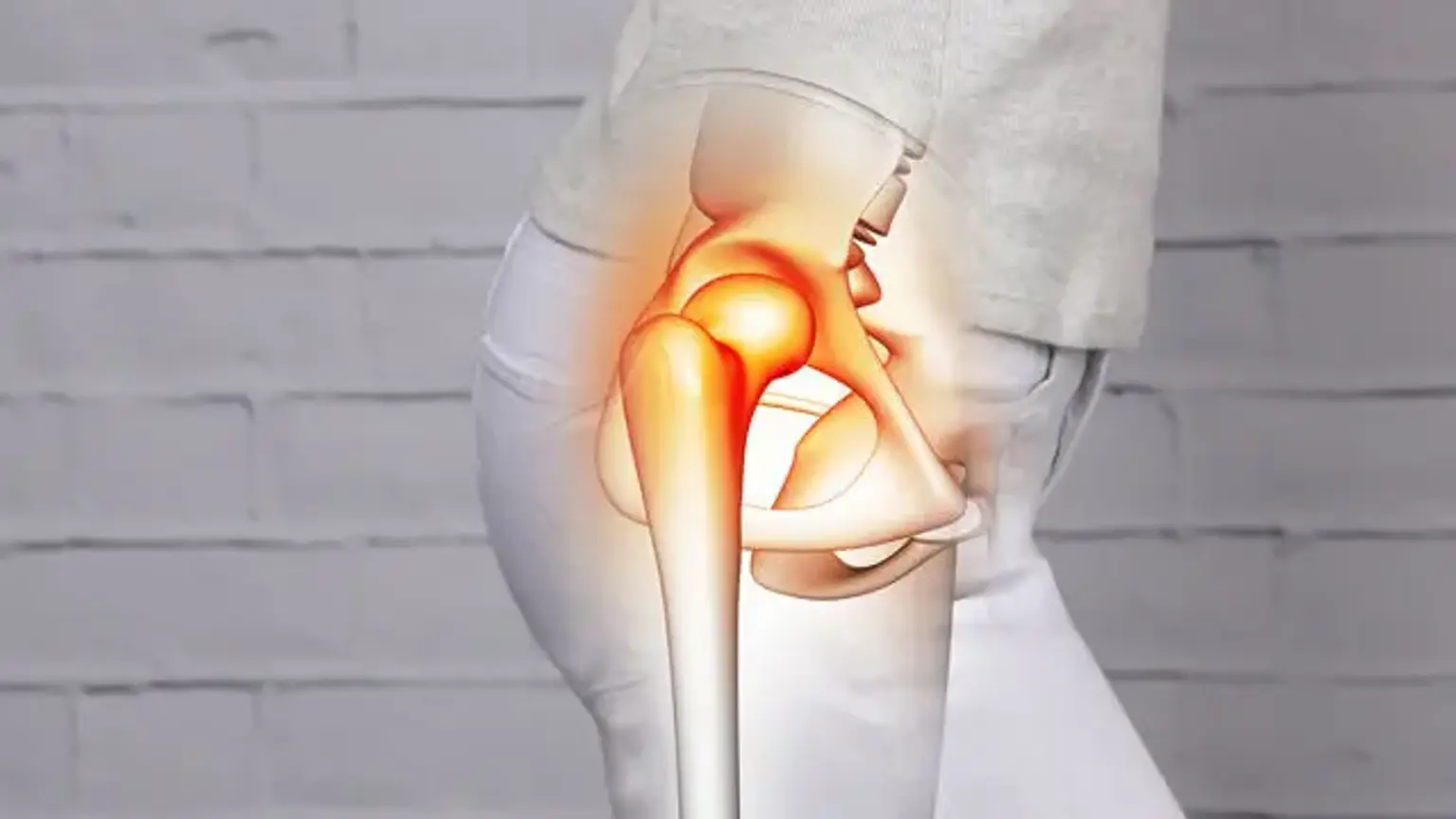Introduction
Hip arthritis, or coxarthrosis, is a degenerative joint disease that occurs when the cartilage in the hip joint wears down over time. This condition leads to pain, stiffness, and limited movement, significantly affecting the quality of life. It's common in older adults but can also develop in younger people due to injury, genetics, or other underlying health conditions.
The hip joint is one of the largest weight-bearing joints in the body. When arthritis damages the cartilage, the bones can start to rub against each other, leading to discomfort and reduced mobility. Fortunately, there are various treatments available to manage symptoms and, in some cases, restore function.
What Is Hip Arthritis (Coxarthrosis)?
Coxarthrosis is a type of osteoarthritis that specifically affects the hip joint. The hip joint consists of a ball (the femoral head) and a socket (the acetabulum) that allows for smooth, pain-free movement. In arthritis, the protective cartilage that cushions these bones breaks down, leading to inflammation, pain, and stiffness.
Over time, the wear and tear on the joint can cause severe pain and limit motion, making daily activities like walking, climbing stairs, or sitting for extended periods difficult. Although this condition is commonly associated with aging, it can also result from hip injuries, congenital deformities, or inflammatory conditions.
Key factors contributing to coxarthrosis include:
Aging: As we get older, cartilage naturally wears down.
Genetics: A family history of hip arthritis can increase risk.
Injury or Overuse: Previous hip injuries or activities that stress the joint may lead to arthritis.
